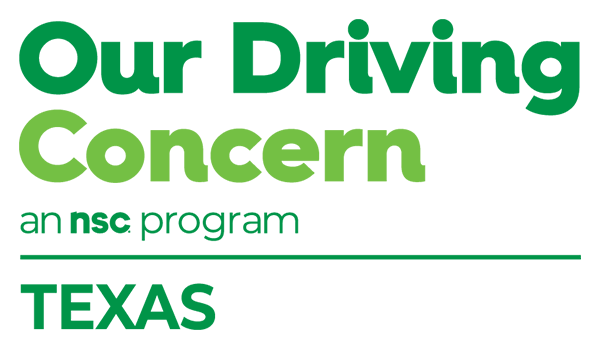Safety Coach
Dog-Tired
When you encourage everyone on your team to prioritize sleep health and attentive driving, you’re also prioritizing safety. Want to try a new approach? Here’s an idea:
Throw out the term “microsleep” during your next team meeting. Ask if anyone knows what it means. Then share this definition: A microsleep is a sudden episode of drowsiness or temporary sleep measured in seconds, rather than minutes or hours. Explain that it’s that brief time period when you might experience head-bobbing or head-snapping, or are caught in a blank stare. At the same time, your eyes might be closing.
If you’re watching TV and getting ready for bed, that’s one thing. If you’re driving to grandmother’s house for a big Thanksgiving weekend celebration or delivering packages ahead of the holidays, that’s another thing altogether. The effects of fatigue and drowsy driving are far-reaching and can impact performance at work and almost all areas of our personal lives.
Driving without enough sleep can result in a decline of motor skill function – and the result is impairment. Your reflexes and judgment, skills that are essential for safe driving, can be compromised. Adults need seven to nine hours of sleep to reach peak performance levels. Share these six tips from the National Sleep Foundation to help everyone on your team improve their sleep habits:
We know that employees who work night shifts, long shifts or irregular shifts are more likely to be sleep-deprived. National Safety Council research also shows:
- You are three times more likely to be in a car crash if fatigued
- Losing even two hours of sleep is similar to the effect of drinking three beers
- Being awake for more than 20 hours is the equivalent of being legally drunk
Here are six more tools you can use to boost your knowledge and enhance your continuing education efforts:
- Learn: Fatigue – You’re More Than Just Tired
- Watch as a group: Driver Behavior Safety Series video, available in English and Spanish, and free to download
- Not alone: Who’s at Risk for Fatigue?
- Safety Talk: Use our free Safety Huddle piece to help everyone at your location understand the warning signs of being too tired to drive
- Put a price tag on sleep loss: What is the Cost of Employee Sleep Disorders?
- Posterize safety: Download and display this free poster: Not Your Dream Car
There is a term for all you do to help your coworkers, friends and loved ones: Safety Coach. When you know more you can do better, which is particularly important with millions traveling and pushing themselves to keep up with the hustle and bustle of the season.

Tailgate Talk
Road Ready
Millions will be traveling during the Thanksgiving weekend and upcoming holiday season. Many of your employees and delivery drivers will be working overtime to get packages placed on customer doorsteps. With that in mind, this is a good time to review your vehicle maintenance policies and procedures and share a few basic safety tips.
Service
Follow a service schedule to maintain work and personal vehicles. To prevent breakdowns, pay close attention to the following:
- Tune-ups
- Oil changes
- Battery checks
- Tire rotations
Recalls
Because safer cars = safer roads, check for vehicle recalls. Visit Check To Protect and enter your license number or VIN number to look up whether your vehicle has an open recall – it’s easy and it’s free. Fleet managers can use this tool to do bulk VIN vehicle lookups – it allows for up to 10,000 VIN numbers to be uploaded at once. If you have vehicles with open airbag recalls, the repairs can be performed on site at your location. Email to learn about options in your area: [email protected].
Emergency Preparedness
Check to be sure all of your work and personal vehicles are stocked with emergency kits. What should you include in an emergency kit? Some or all of the following:
- Phone and charger
- Flashlight or head lamp (and batteries)
- Reflective triangle or road flares
- Tire pressure gauge and tire jack
- Duct tape
- Air compressor or Fix-a-Flat aerosol can
- Bungee cords
- Flat-head and Phillips screwdrivers
- Heavy duty gloves, rain ponchos and emergency survival blankets
- Non-perishable food and water
- Gauze, medical tape, bandages, safety pins and tweezers
Share the Road
Finally, share a few of these driver behavior safety tips and work to promote transportation safety during times of high traffic volume:
- Silence your phone and set your GPS device before you depart to ensure distraction-free driving
- Buckle up: Every seat, every trip
- Slow down in congested areas and drive to conditions (roads can be slippery when wet or icy)
- Be especially attentive when driving around schools or in neighborhoods where children could be playing
- Watch for pedestrians and bicyclists
- Give trucks and buses extra space and avoid lingering in their blind spots
Keep the wheels of education and training turning at your location. Be reminded of this: A little extra motivation can go a long way toward reaching desired safety outcomes.

